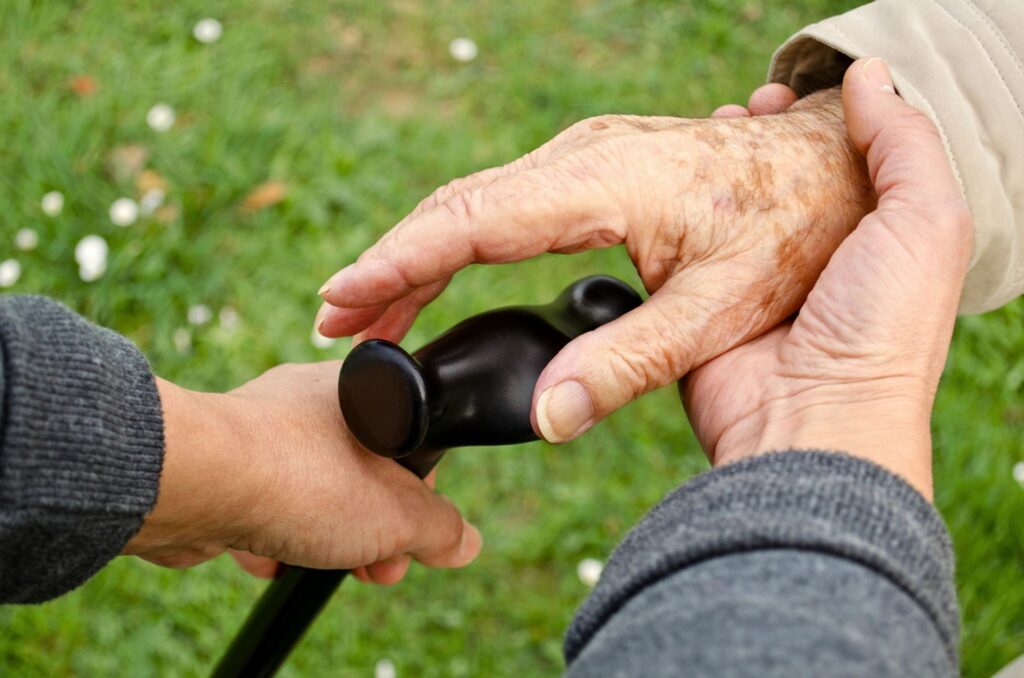Most of us don’t give hospice care a lot of thought until we need it. However, once an illness has been diagnosed as terminal, hospice becomes an important consideration. Patients and their family members should understand how hospice care works to be prepared for the process. In this guide, we’ve outlined the general process behind hospice, as well as the considerations and steps you (or your caregiver) will need to make.
How Hospice Works: A Guide for Patients and Their Families
Several steps need to be followed when it comes time to choose hospice care.

Step 1: Decide it is time for hospice. This is perhaps the hardest decision to make. Often, family members see it as “giving up” or as the patient resigning themselves to their fate. Nothing is further from the truth, though. Hospice care is about dignity, peace of mind, and the ability to enjoy a person’s final months, savoring life as much as possible.
Step 2: Speak with your doctor. Once you’ve decided it is time for hospice, you should speak with your doctor. Make sure that they will support your decision and that they’ll be able to work with the hospice team to ensure continuity and quality of care.
Step 3: Create an advance directive. If you become incapable of making your own decisions, you need a way to ensure that your family and care team know your wishes. An advance directive is a legal document that specifies what you want and do not want, providing a map to follow. There are other considerations in this process, and we’ll explore those in a later step.
Step 4: Find out about cost coverage. Make sure that the hospice care provider you’ve chosen accepts your insurance, or Medicare/Medicaid coverage. If you’re on Medicare, you should qualify under Part A. In most cases, this means that you will have no out-of-pocket costs regarding your hospice care. If you do not have private insurance coverage for hospice care and lack Medicare/Medicaid coverage, you may be able to find financial help from a nonprofit organization in your area.
Step 5: Make sure your paperwork is in order. This applies to things like your Medicare/Medicaid/insurance paperwork, but it also touches on other things. You’ll need to make certain that your will is up to date. You will also need to consider two other legal documents, both of which play a central role in your advance directive. These are:
- Living Will: An advance directive is comprised of a living will and a power of attorney. Your living will is where you spell out specifically what you wish to happen or not happen if/when you are no longer able to make decisions for yourself. This can include things like DNRs, care requirements, and much more.
- Power of Attorney: Your power of attorney empowers your designated representative to make decisions on your behalf – ostensibly those you spell out in your living will. However, someone with power of attorney does is not obligated to follow your living will, so you must choose your representative with care. It should be a family member or friend that you know well and that you trust to follow your wishes, even if those wishes do not coincide with the individual’s own beliefs or desires.
The Hospice Care Process
In understanding how hospice care works, it’s important to know what comes after all the paperwork has been filed. With the decision to begin hospice made, your doctor consulted, the right hospice provider chosen, and your advance directive is complete, the next step is to receive care from your hospice team.
The team that cares for you should include a hospice doctor, an LPN or RN, hospice aides, chaplains, physical therapists, occupational therapists, and many others. Pain medication is an important part of hospice care, but it is only one small component of the entire plan.

Ultimately, hospice care is about making you comfortable and ensuring that you can enjoy your remaining time. Physical or occupational therapy can help to limit the need for pain medication that might make you drowsy, music therapy can help improve motor skills, and pet therapy can offer access to love and companionship.
Hospice care will continue until it is no longer needed. You’ll be monitored throughout so that medications can be adjusted, and so that other illnesses can be treated, as well. Finally, you’ll have access to advice and guidance from social workers, spiritual leaders, and financial experts, too.
Peace and Joy

As you can see, hospice care works by providing peace and joy, a respite from pain, and the benefits of companionship. If you’re considering hospice care, we would be happy to answer any questions you or your family members have. Contact us to learn more.






